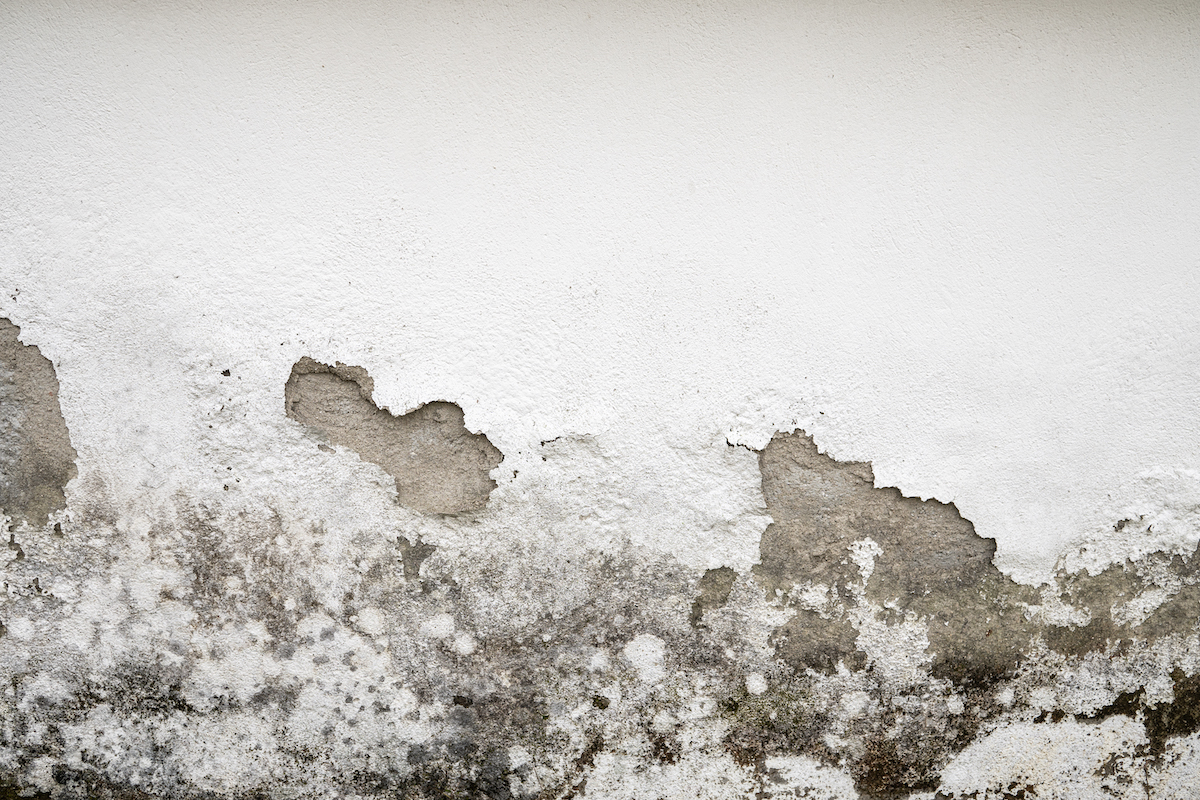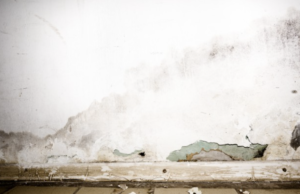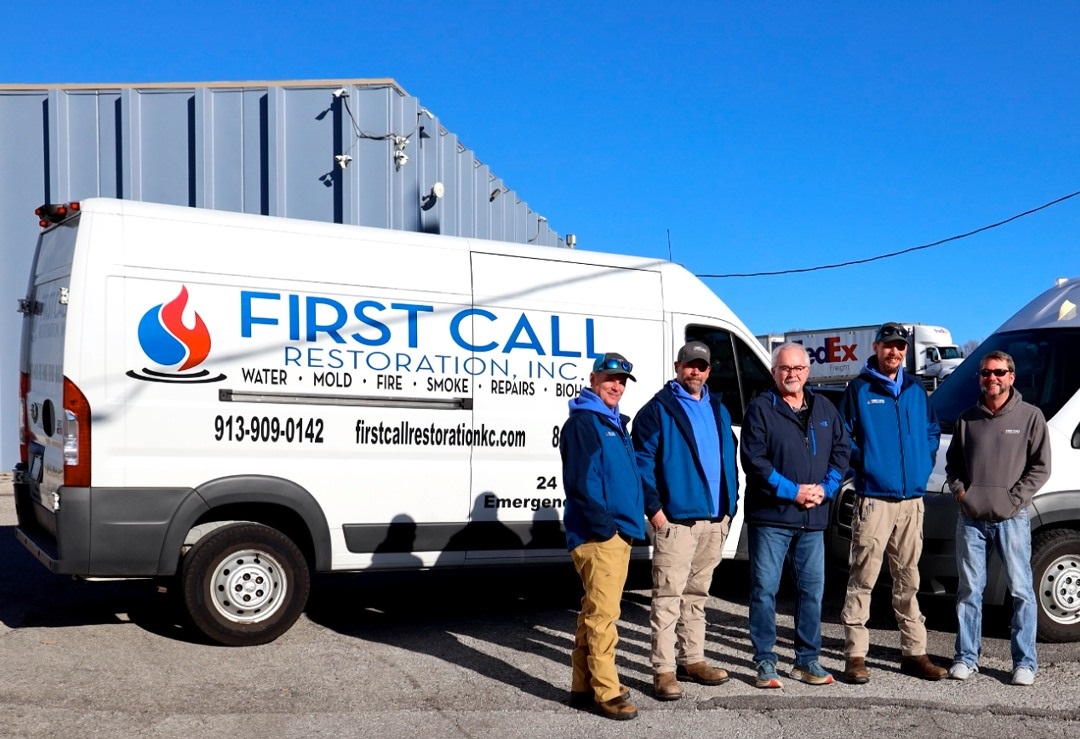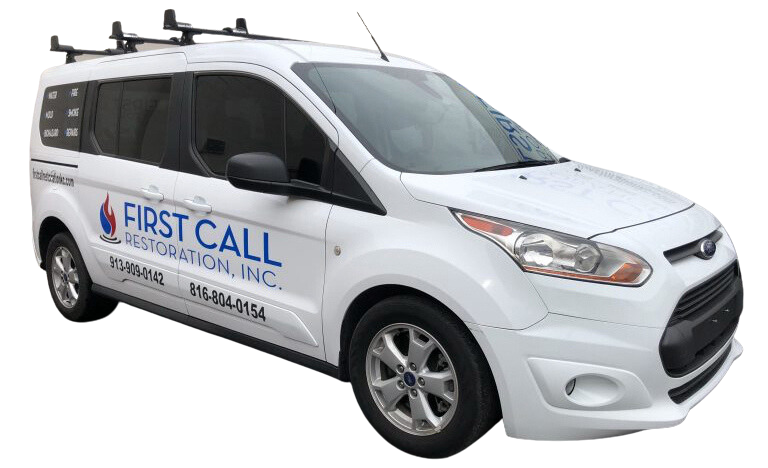
(BPT) – There’s nothing quite like owning a home. You feel the pride of achieving a financial goal and the comfort of having a sanctuary and space of your own in which to build a lifetime of memories.
Occasionally, there’s also the element of surprise when things suddenly break – like appliances, the furnace, or the water heater – and need to be fixed or replaced. Water damage is the most common – and unwanted – a surprise for homeowners. According to Mercury Insurance, water-related damages accounted for more than 45% of its homeowner’s insurance claims in 2020, resulting in $160 million in property damage.
“A water leak can happen at any time, so it’s important for homeowners to routinely check for potential sources to help combat this,” said Christopher O’Rourke, vice president of property claims at Mercury Insurance. “It’s also important to address the cause of brown spots on the ceiling or bulges in the walls immediately – these usually indicate a leak or water build-up, and most homeowners insurance policies don’t cover long-term leaks. Left untreated, this can lead to extensive damage.”
Show your home a little TLC to protect against water damage by inspecting these three areas in and around it.
- The bathroom
Periodically check the pipes underneath the bathroom sink for cracks or leaks. A leaky pipe can be a sign of a more significant issue that might eventually cause your pipes to burst, like high water pressure or corrosion. Regardless of the cause, consult with a professional to have them assess and fix it.
The seal created by the caulk around your sink, tub, and shower help prevent water from seeping into spaces where it doesn’t belong, but it won’t last forever. Ensure the caulk isn’t worn or cracked, and apply a new layer if needed.
If water leaks from the base of your toilet, or it wobbles when you sit, it’s time to replace the wax ring. Wax rings help form a watertight seal between the bottom of a toilet and the sewer pipe. The ring usually lasts the life of the toilet, but it can dry out and fail, so pay attention to malfunction signs.
“Once a week, make a point of turning faucets on and off and flushing toilets to ensure water continues flowing through the pipes properly,” O’Rourke adds.
- The kitchen
Like in the bathroom, the pipes beneath the kitchen sink need to be checked regularly for leaks and cracks.
Kitchen appliances with hoses that connect to your water supply – refrigerators with icemakers or water dispensers and dishwashers – are another potential source for leaks. Rubber hoses can wear out, blister or crack, and will need to be replaced over time. Consider replacing this type of hose with a steel-braided version as these are less likely to fail.
Your washing machine probably isn’t in your kitchen but be sure to inspect its hose as well. The hose connection can loosen during wash cycle vibrations, so check to ensure it’s tight.
- The home’s exterior and roof
Be sure to keep rain gutters and downspouts free of debris to prevent clogs and position downspouts from directing water away from the house.
Holes, cracks, and gaps can be entry points for unwelcome water, which can cause rot or structural damage. Walk the perimeter of your home to look for imperfections in its facade. Inspect the condition of the weather stripping on your windows and doors to ensure they are properly sealed to keep out the elements. Also, look for damaged, missing, or lost roof shingles, which can be seen from proper vantage points on the ground.
If you note any damage to your home’s exterior walls or roof, consult with a professional to determine the following steps to fix the spots where water can potentially enter.
O’Rourke also recommends that homeowners consider installing a water leak detection system. “Smart home devices like water leak detection or shutoff systems can monitor for leaks around the clock, and some can automatically shut off the main water supply if a leak or burst pipe is identified. These types of devices can offer peace of mind and might even qualify you for an insurance discount.”







